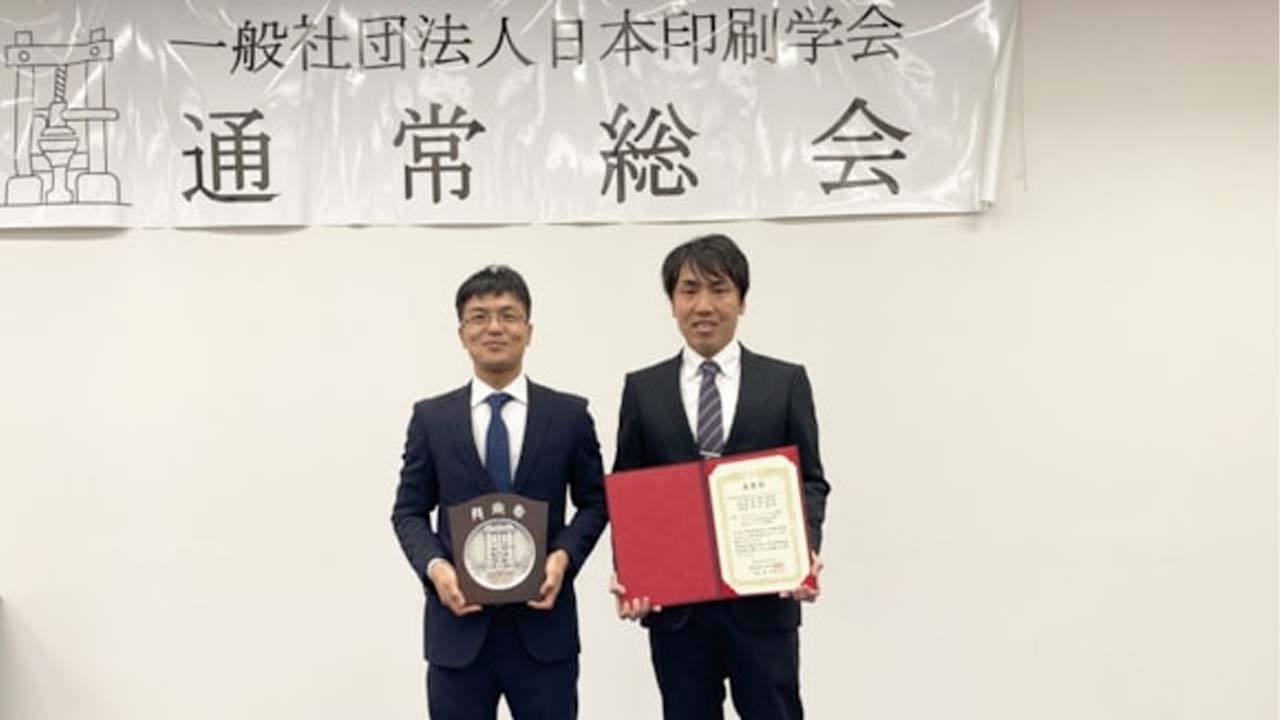3D Designs on Packaging

Jan De Roeck, director of Solutions Management at EskoArtwork, looks at how short runs can be made more attractive by speeding up the packaging production process and illustrates this with a case study on Kärcher's products
Packaging has just a few seconds to grab the attention of prospective buyers. That means packaging has to work harder and faster in today’s highly competitive market. Branding has to be easily identifiable, and shelf impact is vital in the daily battle to retain existing customers and win new ones.
Packaging is undoubtedly essential for success. 30 percent of all profit growth originates from product launches. However, 70 percent of all new-to-market offers fail. Getting the packaging right is an essential element in any product’s success. It is worth noting, too, that 70 percent of brand selections are made in store and 68 percent of buying decisions are unplanned.
Brand owners have a fickle audience to constantly engage with and are always looking for ways to differentiate their products or develop customer loyalty.
Redesigning packaging used to be an expensive way to inject new energy into a brand. That is no longer the case. A combination of market trends has culminated to provide leading blue chip manufacturers with the opportunity to reinvigorate much loved brands and launch new ones.
Short runs for long gains
Short run packaging today is becoming more and more attractive. Advances in digital printing technology, and faster make-readies on litho presses make short-run production a suitable solution for many marketing efforts. Manufacturers can produce cost effective, short, versioned – even limited edition – runs, and shelf impact can be enhanced by coating and foiling technology developments.
Developments taking place in pre-press are proving to be another vital and cost effective tool in helping brand owners design and implement packaging solutions with desired results.
Speed up the packaging process
Too often, packaging can be a last thought in the production process. A lengthy approval cycle can detrimentally impact the final shelf appeal. This is why we have designed software that helps to speed up the process. Packaging professionals use the software to generate life-like in-store visuals. At the same time, brand owners have 24/7 access to the latest versions for the fast-tracking of approvals.
Portfolio for packaging success
Tools have been developed to help with structural design, graphic design, virtual prototyping, real prototyping, and online collaboration, with a portfolio that includes, among others, ArtiosCAD, the world’s standard structural design software for packaging design. This product comes with dedicated tools specifically designed for packaging professionals.
Another product, DeskPack, which was developed to support Adobe Illustrator CS and Adobe Photoshop CS, is used to enhance creativity and increase productivity, while WebCenter is a 24 / 7 global communication, secure internet-based view and approval service that allows information to be stored centrally and shared globally.

Why brand owners love WebCenter
Kärcher, the world-leading supplier of cleaning solutions and manufacturer of high-pressure cleaners, found that WebCenter allows them to speed up the packaging production process by 40 percent, bringing improved efficiency to the brand owner’s online packaging processes and communication. Kärcher quickly realized that WebCenter freed up more time for creativity and reduced time to market.
85 percent of Kärcher’s products are five years old or less, and every new or redesigned product requires packaging that follows the corporate design guidelines. At the same time, it has to convey complex technical information and product benefits at a glance. It also has to stack on pallets, and pass a series of rigidity tests, to prove it can protect the product from damage on its way to the customer.
Designs on speed to market
The Kärcher design team creates or updates around 600 items of packaging every year, managing about 1,800 different packaging products, including boxes, labels and POS displays. Previously, it would write up, edit, scan, fax, and print packaging requirements and product management briefing documents, using standard office applications. Drafts and changes were then emailed back and forth. The result was a time-consuming and costly manual process, as documentation filled thick folders, emails were printed for archiving, and data burned to CDs.
WebCenter allows Kärcher to meet the demand for shorter time to market, because it allows more time for the creative phase and offers greater transparency, increased standardization, better collaboration, faster processes, a simpler deadline structure, fewer review cycles, fewer errors, complete archiving, and reduced costs.
3D possibilities excite brand owners
A cost efficient process and increased speed to market are the direct results of the solutions we provide. However, what brand owners are most excited about is new software that enables the creation of 3D designs. Studio, for example, is a plug-in for Adobe Illustrator that brings interactive 3D packaging design to life. Studio Toolkits, an application for flexible packaging, enables the realistic building of models in just a few minutes. Visualizer creates realistic digital mock-ups, including print effects like embossing, hotfoil, metalized inks, and different substrates.

3D for efficiency
Instead of offsite meetings, or waiting for costly mock ups to be prepared and despatched, brand owners and decision makers can now view the product remotely.
They can watch the packaging rotate through 360 degrees, so the whole impact can be fully appreciated, and check how it will look on the shelf, next to existing and rival products. Placed in a real life context, the brand owner can appreciate what the consumer will end up experiencing – relative to all the other brands on the shelf. They can also see how the secondary packaging will fit on a pallet or in POS material.
3D as quality assurance tool
3D can also act as a valuable quality assurance tool for the brand owner. It can be used to pick up errors during the early stages of the design, which saves considerable time and waste. It can be a powerful prototyping tool too, allowing creative packaging ideas to be shared with the brand owner early in the process. This allows them to get feedback quickly and effectively.
Virtual mock-ups offering hyper-realistic visualizations can be communicated in the same way, saving both time and the costs of expensive physical prototypes. All of this enables faster and better decision-making and dramatically shortens the time from concept to final design, resulting in a faster time to market.
Delivery quality through streamlining
Aside from aiding creativity and facilitating a greater level of input, these solutions also introduce huge efficiency gains by streamlining and automating all the packaging-related processes and procedures. Automation can be used to iron out all workflow inefficiencies, and reduce the amount of human touchpoints, which means staff can concentrate on more profit generating areas of the business.
Once workflows are streamlined and most of the repetitive processes automated, the risk of errors will be reduced significantly, and costly reworks will become a thing of the past. This ensures a consistent level of quality is delivered in the shortest amount of time, enabling new products to be taken to market faster with a higher, more consistent level of quality.
Integrate all systems
To maximize the efficiency gains, all the packaging-related processes should be integrated into the brand owner’s existing new product introduction (NPI) processes. If these are supported by a dedicated product lifecycle management (PLM) system, ERM system (such as SAP) or simply an in-house solution, then full integration of these tools with the existing system is also important.
With the processes and systems integrated, there is the opportunity to centralize all data. In many companies, data is still being input manually at different stages of the process. This practice is prone to mistakes, leading to wasted time and material. An integrated system enables data to be entered once and then re-used from the centralized database throughout the whole workflow.
Stay up to date
Subscribe to the free Label News newsletter and receive the latest content every week. We'll never share your email address.

